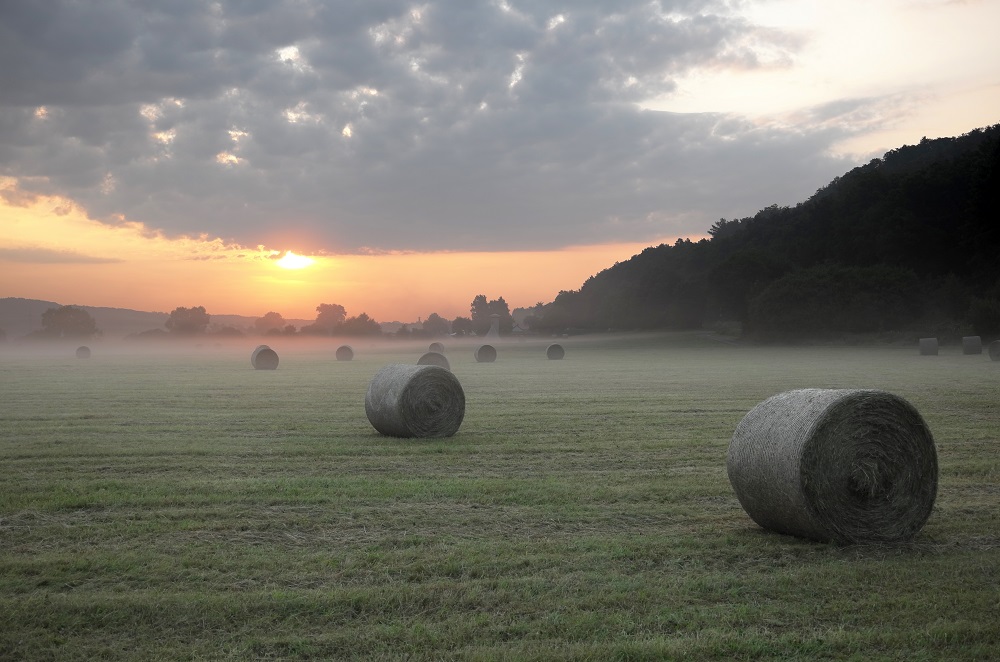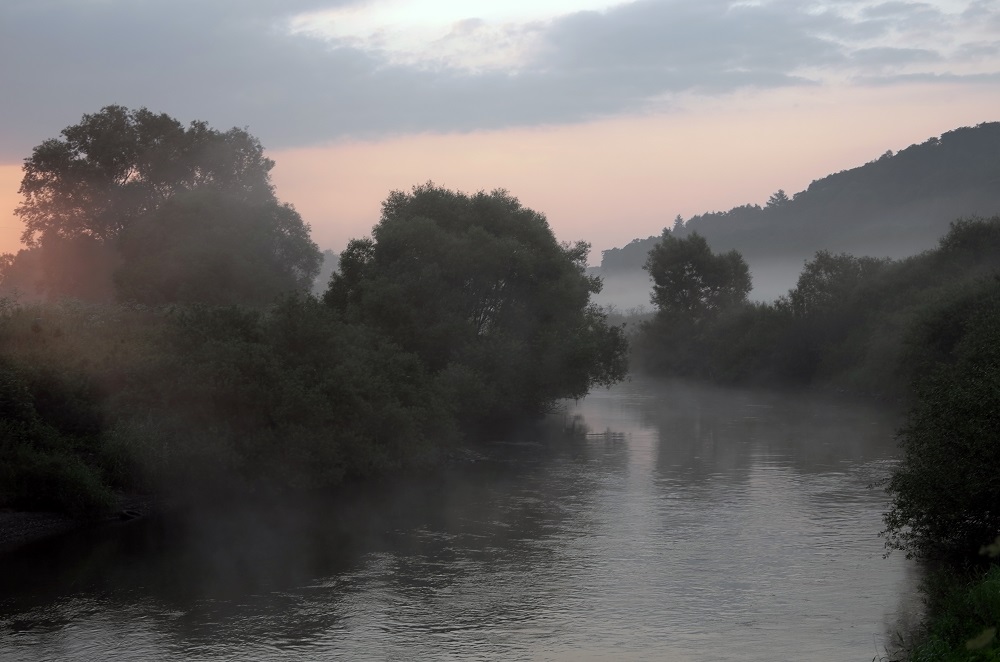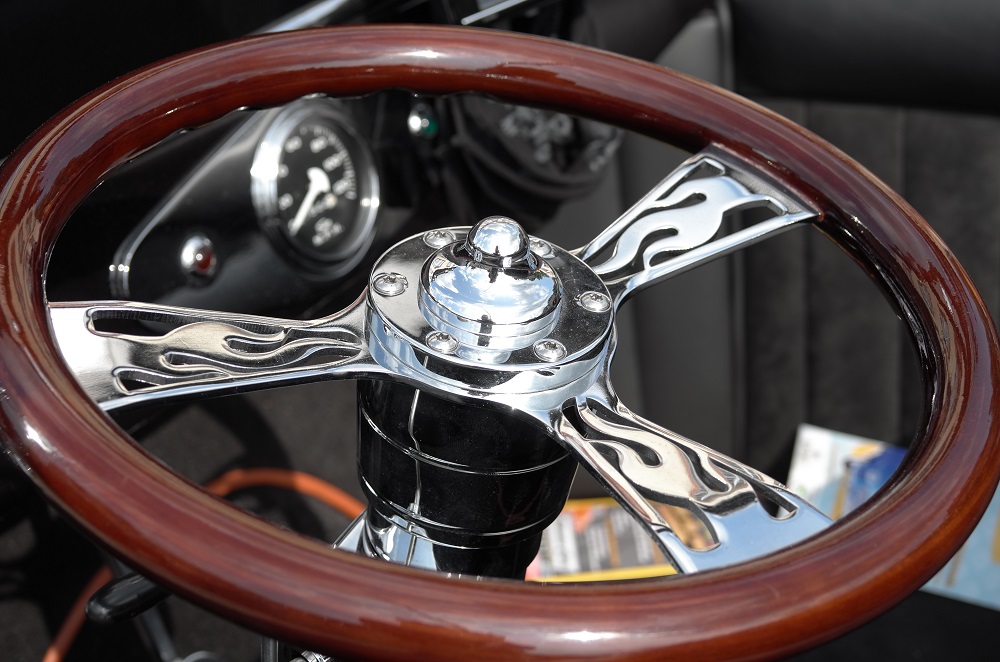Every lens has its own story. We wanted to know the story behind the zoom lens of the Leica X Vario, so we asked the person in the best position to tell it – Peter Karbe, head of the optical development department at Leica Camera AG. Below, he provides details on the lens and shows off some of the images he took with it.
Q: Hi Peter, thanks for talking with us about the lens behind the recently released Leica X Vario. When designing a lens, what are some things you take into consideration?
A: The design and construction of any lens is an attempt to create harmony among a number of sometimes contradictory requirements. It’s not good enough to optimize one single property of the lens; it’s much more a matter of achieving an equally high standard in many areas. I like to use a metaphor from the world of sports, comparing the process with the modern pentathlon, where only the best in all five disciplines can win.
Q: In the case of the Leica X Vario’s lens, what five disciplines did you look at?
A: Sure, here are the five things we really strived to achieve with this lens:
- Imaging quality equal to that of the best Leica M-Lenses
- Constant imaging quality from the minimum focusing distance to infinity
- The best conditions for fast autofocus
- A compact construction
- The familiar rugged and resilient construction of a Leica M-Lens.
Q: Although all five criteria are important, is there one of these that really stands out as a must-have feature for this lens?
A: Naturally, image quality was the most important feature of its design. The Apo-Summicron-M 50 mm f/2 ASPH., the newest and one of the sharpest lenses of the M-System, set the standard to be met. The declared objective in the case of the Vario-Elmar was to guarantee a comparable contrast transmission from corner-to-corner of the image frame. It must be said that the Leica X Vario is equipped with an APS-C sensor. Therefore, achieving imaging performance comparable to a full-frame system increases the technical demands by 50%.
Q: What can you tell us about the image quality from the minimum focusing distance to infinity?
A: The lens must be able to maintain this sharpness not only when focused at infinity, but also at its closest focusing distance, which, in the case of the Vario-Elmar is 30 centimeters at the lowest end of its zoom range and still only 20 cm at its longest focal length – a matter that is not so critical with M-Lenses, because this is where the rangefinder meets its technical limitations.
Only one single element is used for focusing – namely the rear lens – while shifting the remaining lens group takes care of changing the focal length. The use of a single and relatively lightweight lens is particularly advantageous for the autofocus system, as the focusing motor now only needs to move a low mass. This in turn increases the focusing speed, which is a particularly critical factor for a contrast-detection autofocus system. Turning the focusing ring for manual distance setting doesn’t actually connect mechanically to the focusing element, but it says a lot about Leica design that it feels as if it does. In fact, the degree of rotation is sampled and electronically passed to the focusing motor.


Q: What were some of the challenges faced with designing the lens for the Leica X Vario?
A: The spec sheet for the Vario-Elmar was a sporting challenge – contrast transmission that has no need to hide behind that of the best M-Lenses. Even though this performance had to be achieved with a much smaller APS-C format sensor in a compact camera, and this throughout the entire almost 3× zoom range and from the closest focusing distance to infinity.
We could only satisfy these demands by lowering the bar somewhere else. This explains why the maximum aperture of the Vario-Elmar is relatively slow, between f/3.5 and f/6.4.
Q: Can you tell us your opinion about stopping down in relation to the Leica X Vario?
A: Leica is well known for advertising premium lenses with the statement that stopping down only increases the depth of field. This in no way suggests that stopping down is a bad thing; above all, it says that stopping down is essential when greater depth of field is required.
For landscapes, street photography, and close-ups, a faster lens is almost always stopped down to gain more depth, and even snapshots benefit from greater depth of field. The abilities of the X Vario to isolate a subject against an unsharp background may be limited, despite its harmonious bokeh. However, in view of its exceptional imaging qualities, this is an acceptable limitation that may well be overlooked.


Q: Can you speak about the size and compactness of its construction and the conditions for autofocus?
A: Imaging quality always comes in first place, be it the contrast in the zone of sharpness or a pleasingly harmonious bokeh in the out-of-focus areas. Long ago, the first Leica proved that high resolution and sharpness was not the exclusive domain of large- and medium-format films – a film format of only 24 × 36 mm was more than sufficient, and made much smaller cameras possible. Thanks to its lens, the X Vario is now able to achieve this imaging quality in an even smaller format and, as a result, with an even smaller overall camera size, which is an outright winner in the “compactness” discipline of the pentathlon. This high imaging performance is maintained throughout the entire zoom range. And, as the autofocus rapidly and precisely locks onto subjects at any distance between 20 cm and infinity, the X Vario takes another two disciplines in stride.
Q: You mentioned ruggedness as a quality you tried to achieve. How well do you think you accomplished that?
A: Just how well the X Vario fares in the fifth and last discipline, ruggedness, is something anyone who puts the camera to the test in day-to-day situations will soon find out.
Thank you for your time, Peter!
– Leica Internet Team






Comments (9)